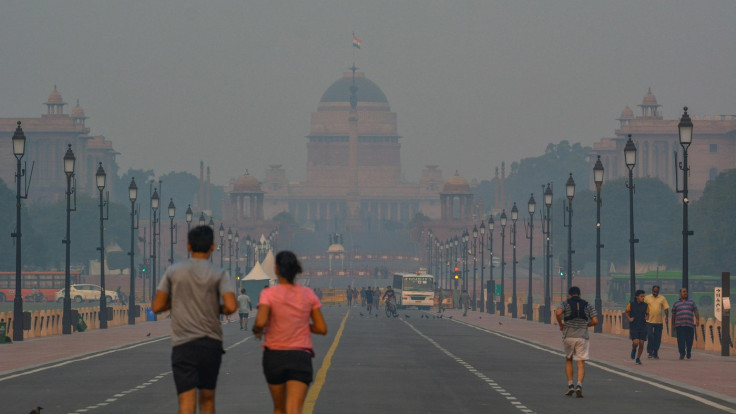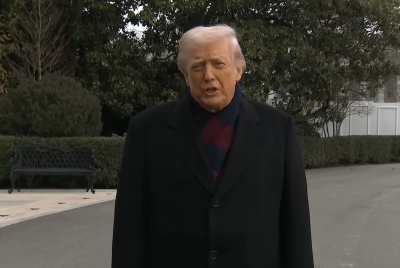As India's Capital Chokes on Toxic Smog, Top Doctor Warns: Flee Delhi if You Can Afford It
Toxic smog in Delhi triggers sharp rise in respiratory illnesses as experts recommend temporary relocation

As winter settles in, the capital region of India is blanketed in a thick, grey haze that cloaks streets, blurs buildings and, more importantly, infiltrates lungs. In recent days the city's average air-quality index plunged into the 'Very Poor' (301-400) category, signalling trouble for residents of Delhi in India.
One of the capital's most respected lung specialists is now telling the public bluntly: if you can afford to leave, you should. He is especially urging those with chronic lung or heart conditions to consider relocation for the worst months of the smog season.
Top doctor advises Delhi residents to escape
In an interview with The Indian Express, pulmonologist Gopi Chand Khilnani, chairman of the PSRI Institute of Pulmonary, Critical Care and Sleep Medicine, revealed that complaints of respiratory distress and related illnesses have increased aggressively over recent days as the air quality worsened in the capital of India. Moreover, he pointed out that for patients with chronic obstructive pulmonary disease (COPD) or heart disease, the advice is clear: if you have the means, leaving Delhi for six to eight weeks during the peak smog season can help avoid serious danger.
Dr Khilnani emphasised that a major part of his concern lies with the long-term damage exposure is doing. He noted that in his hospital practice, many patients who had been stable on medications suddenly deteriorated in recent days, some requiring oxygen or even admission to intensive care units. Furthermore, the stark reality he presented was grim as he said,
'My children and grandchildren have the choice to relocate, and I have never advised them to come to Delhi-NCR.'
The health toll of Delhi pollution
Exposure to ambient air pollution in Delhi-NCR is more than a short-term discomfort. It has long-term, measurable effects on lung capacity, immunity and even lifespan. Dr Khilnani referenced a study by the Energy Policy Institute at the University of Chicago (EPIC) and the Air Quality Life Index (AQLI) which estimated that an average resident of Delhi loses nearly 12 years of life expectancy due to pollution. He explained the terrifying mechanism where fine particulate matter, especially PM2.5 (particles 2.5 microns or less) and ultrafine particles can penetrate deep into the lungs, enter the bloodstream and travel to the heart, brain, kidneys and intestines.
Historically, smoking was responsible for around 90% of COPD cases and 80% of lung cancers. But now in India, 50% of COPD cases are attributed to indoor and outdoor air pollution, and around 40% of lung cancer patients have never smoked. Beyond the lungs, Dr Khilnani pointed out that pollution is linked to increased incidence of heart attacks, strokes, hypertension, diabetes and even more severe forms of autoimmune or rheumatological disease.
What can Delhi residents do to protect themselves?
Not everyone has the option to leave Delhi when the smog deepens. So for those who remain, Dr Khilnani argues that using a good quality air purifier in closed rooms may offer some relief. However, he cautions that its effectiveness depends on usage, and advises the purifier must cover the room volume, face the user, operate continuously and the room must remain sealed, otherwise its benefits are nullified. He also noted that even the World Health Organization does not endorse air purifiers as a definitive health fix, yet they may help elderly patients or those with serious lung or heart disease.
While individuals await longer term policy solutions that the government reportedly fails to deliver, the message from a veteran lung specialist is urgent. If Delhi residents have the financial means, relocating temporarily during peak pollution may not just be an option, it could be a lifeline. The pollution in Delhi is a yearly disaster caused by multiple factors, most prominently the crop stubble burning in surrounding states of Haryana and Punjab that different governments including the current one in power have been unable to curb despite promises to the public.
© Copyright IBTimes 2025. All rights reserved.





















